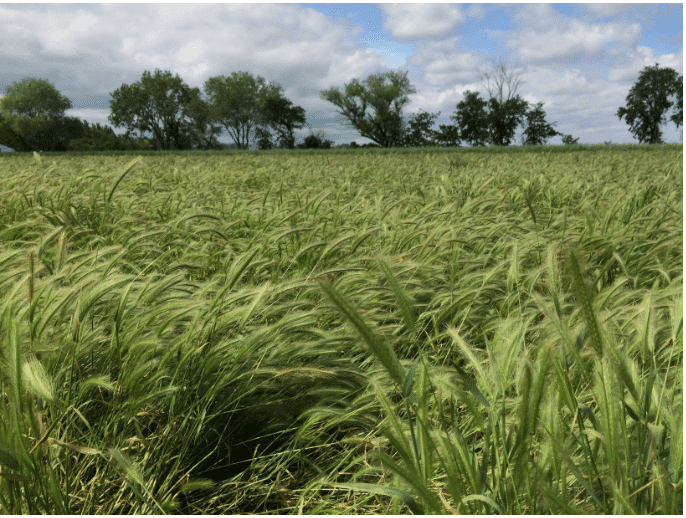
Alkali Barley
Hordeum depressum
This is an annual grass that grows between 1 to 2 feet tall. It is used for habitat restoration and as a cover crop. This grass prefers full sun and is typically found in grasslands, prairies, and di...
- Growing Region: Pacific Northwest, Intermountain West, California
- Blooms:
- Life Form: Grass
- Application Type: Land Reclamation, Habitat Restoration
- Height: 1-2 ft
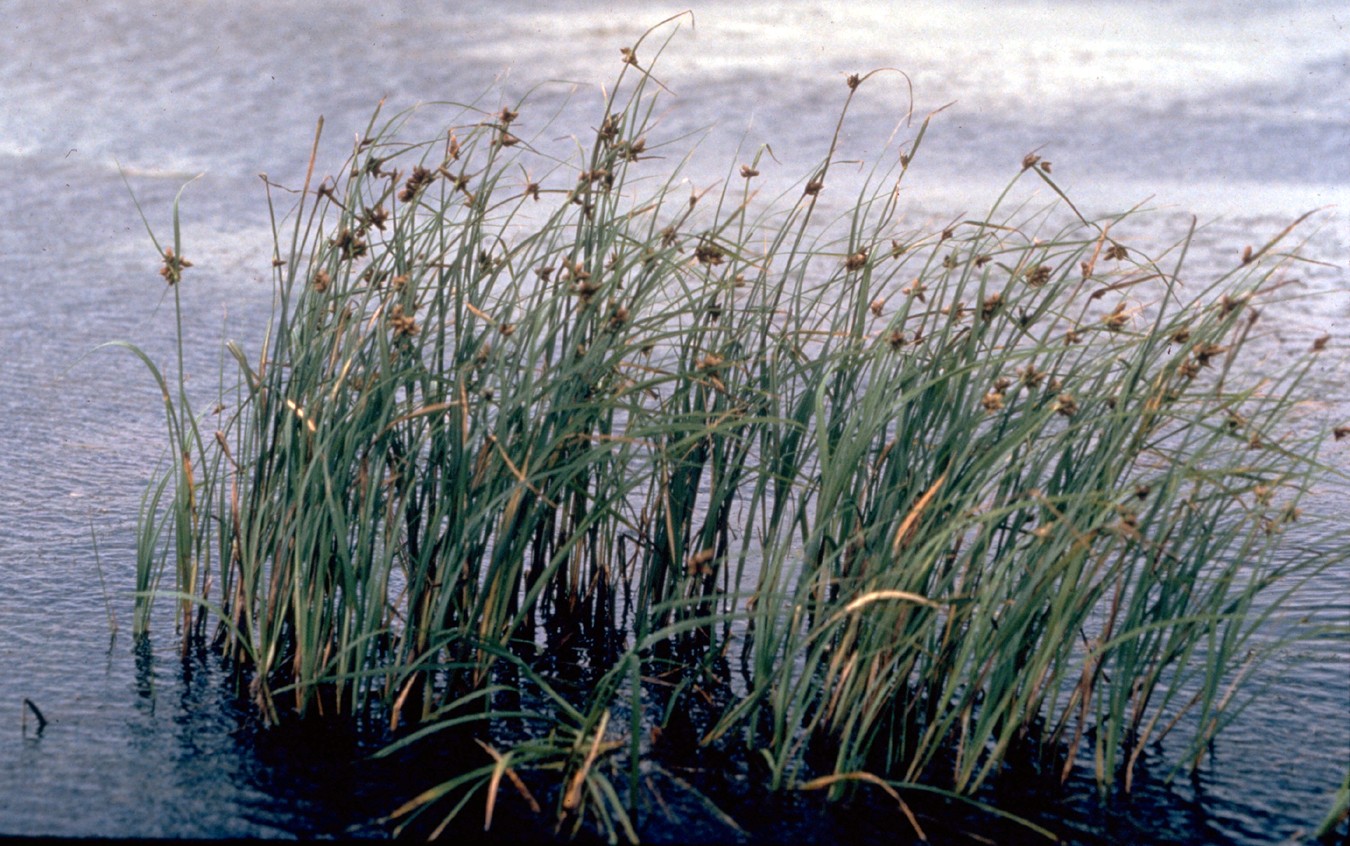
Alkali bulrush
Schoenoplectus maritimus
Cool season, stout, rhizomatous, native, grass-like perennial occurring in wet alkaline or saline soils in meadows, marshes or near waterways. Valuable for providing cover for waterfowl and shore bird...
- Growing Region: Pacific Northwest, California, Intermountain West, North America, Midwest, Southwest
- Blooms:
- Life Form: Grasslike
- Application Type: Land Reclamation, Habitat Restoration
- Height: 1-3 ft
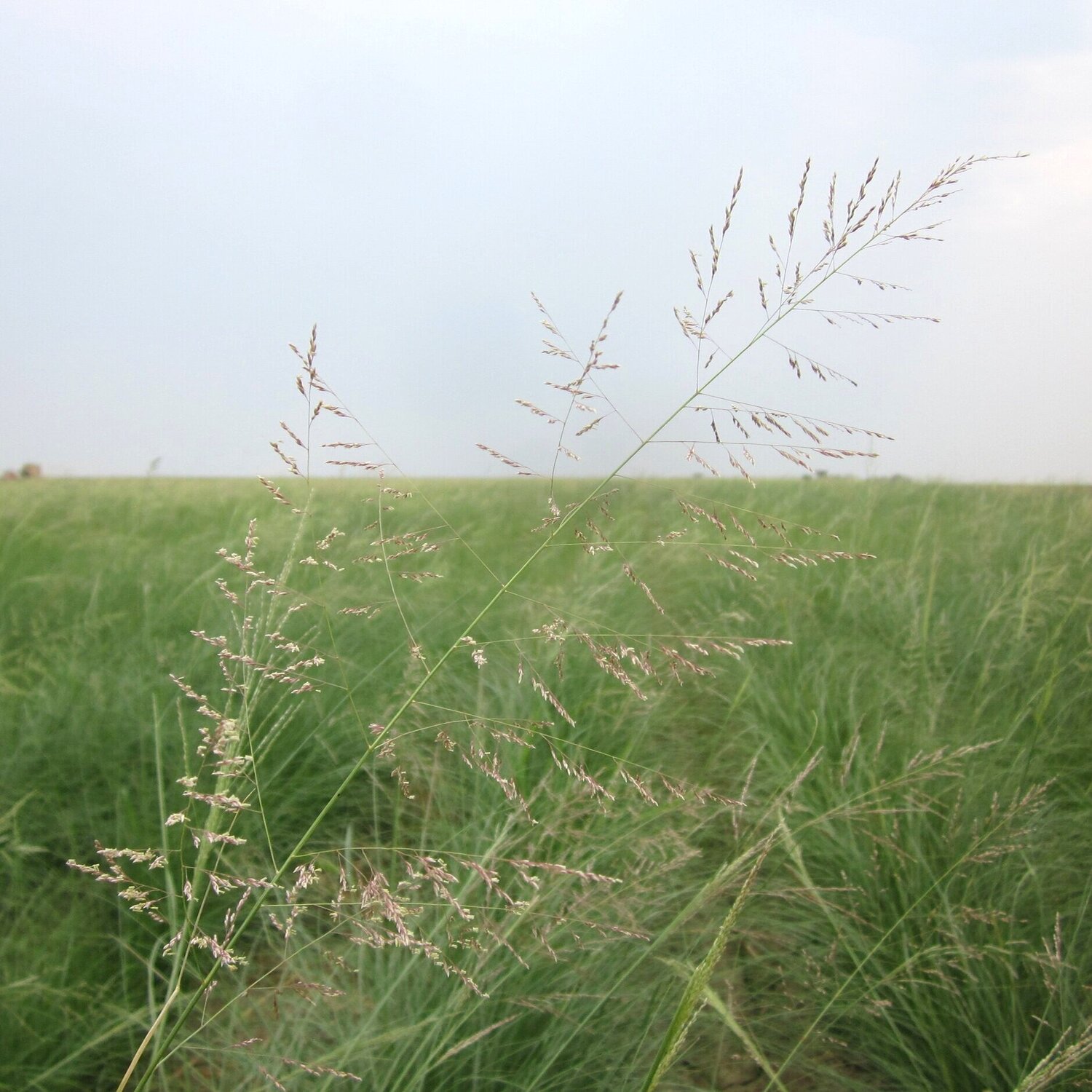
Alkali sacaton
Sporobolus airoides
Warm season, perennial bunchgrass with an extensive fibrous root system. Performs best on deep, moist, fine textured soils but will persist on coarser soils on dry sites. Tolerant of a wide range of s...
- Growing Region: Intermountain West, Southwest, Pacific Northwest, California
- Blooms:
- Life Form: Grass
- Application Type: Land Reclamation, Habitat Restoration
- Height: 1-4 ft
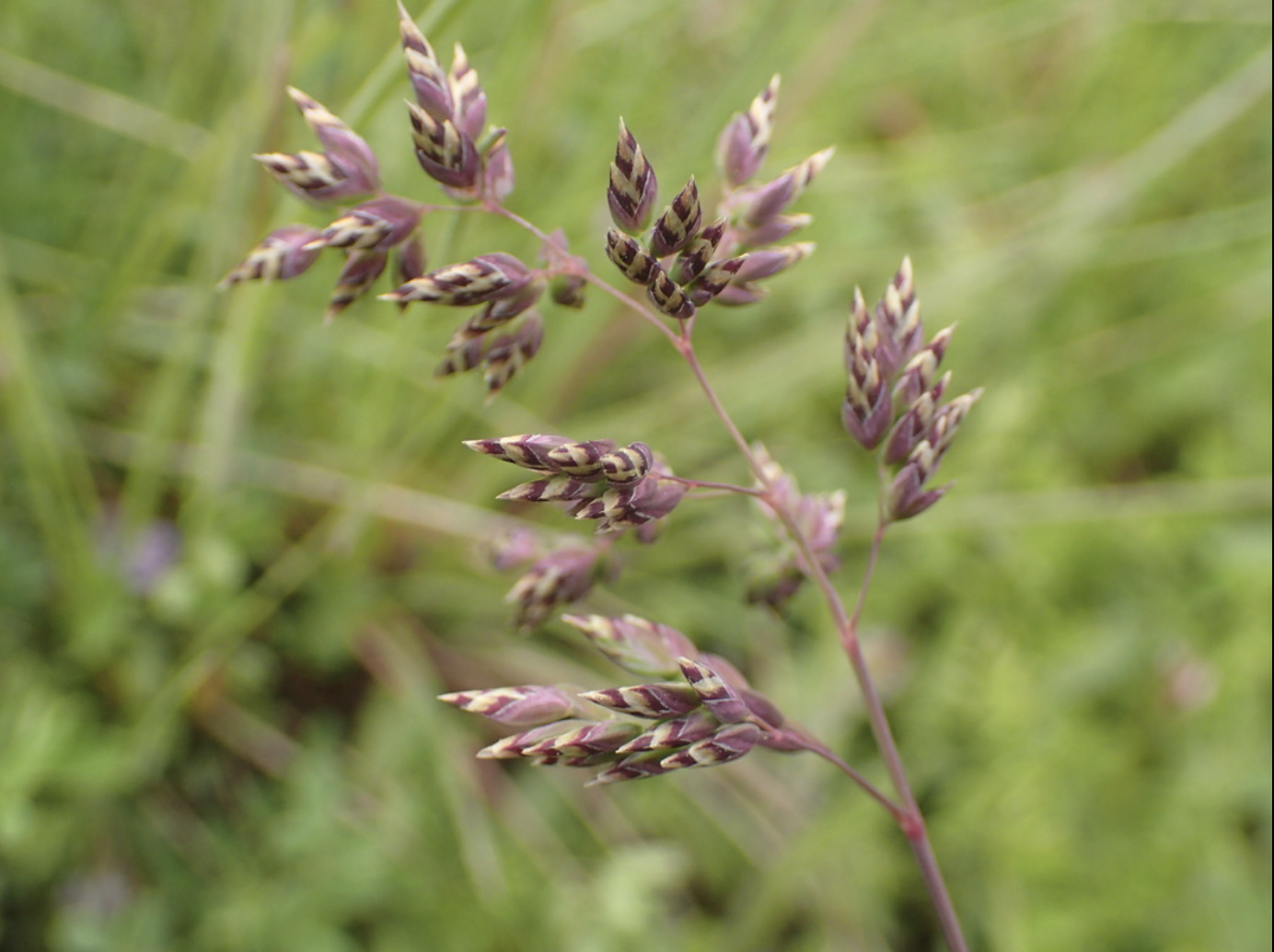
Alpine bluegrass
Poa alpina
Short, densely tufted, cool season perennial bunchgrass adapted to subalpine and alpine slopes and meadows. Wide variety of soils from clay to gravel. Leaves form a dense mat providing good soil cover...
- Growing Region: Intermountain West, Pacific Northwest
- Blooms:
- Life Form: Grass
- Application Type: Land Reclamation, Habitat Restoration
- Height: 1-2 ft
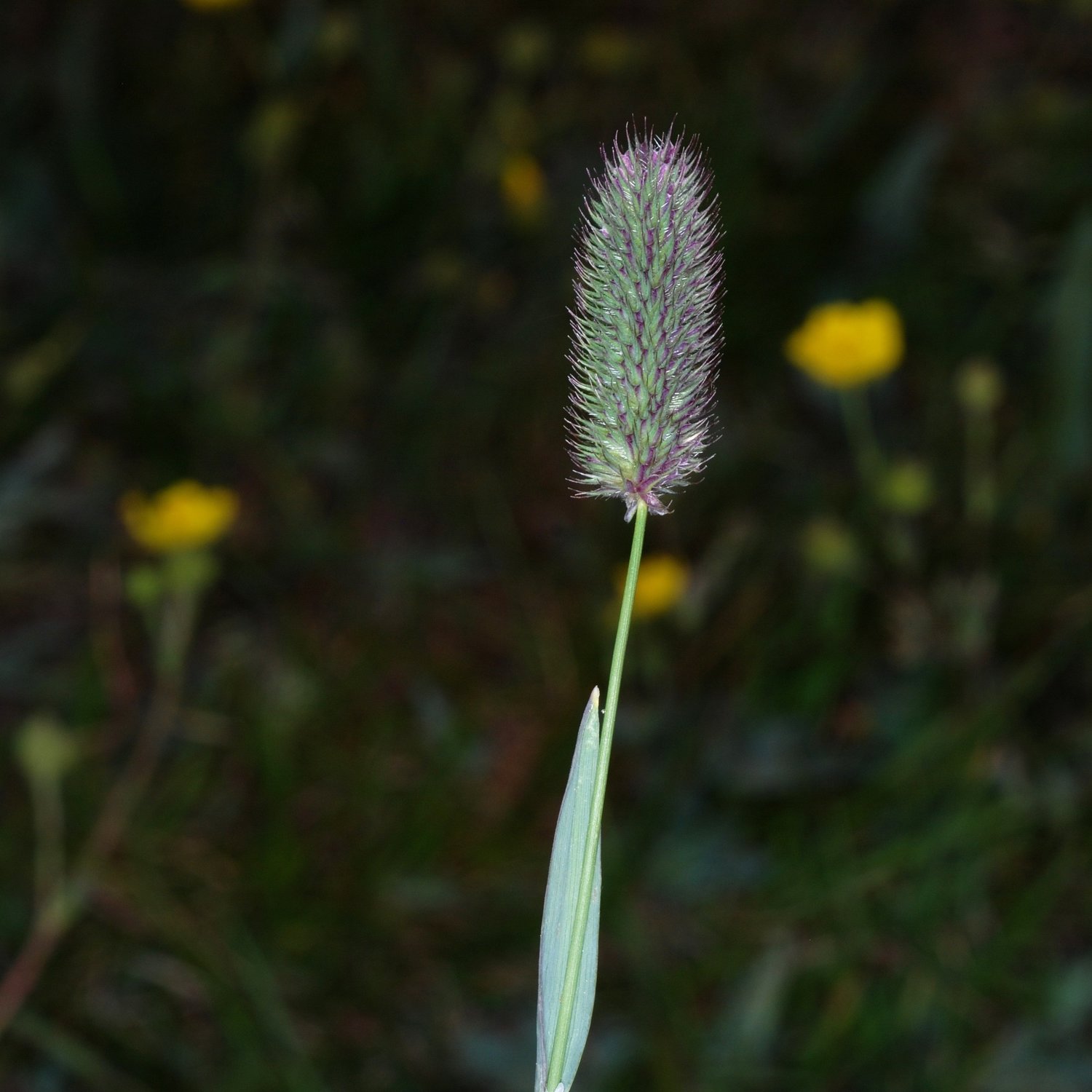
Alpine timothy
Phleum alpinum
Short, Cool season, perennial native bunchgrass sometimes forming a sod. Occurs at high elevations in northern latitudes from 4,000-12,500 ft. Prefers mountain meadows, bogs and streambanks in well-dr...
- Growing Region: Southeast, Midwest
- Blooms:
- Life Form: Grass
- Application Type: Erosion Control, Land Reclamation, Habitat Restoration
- Height: 1-2 ft
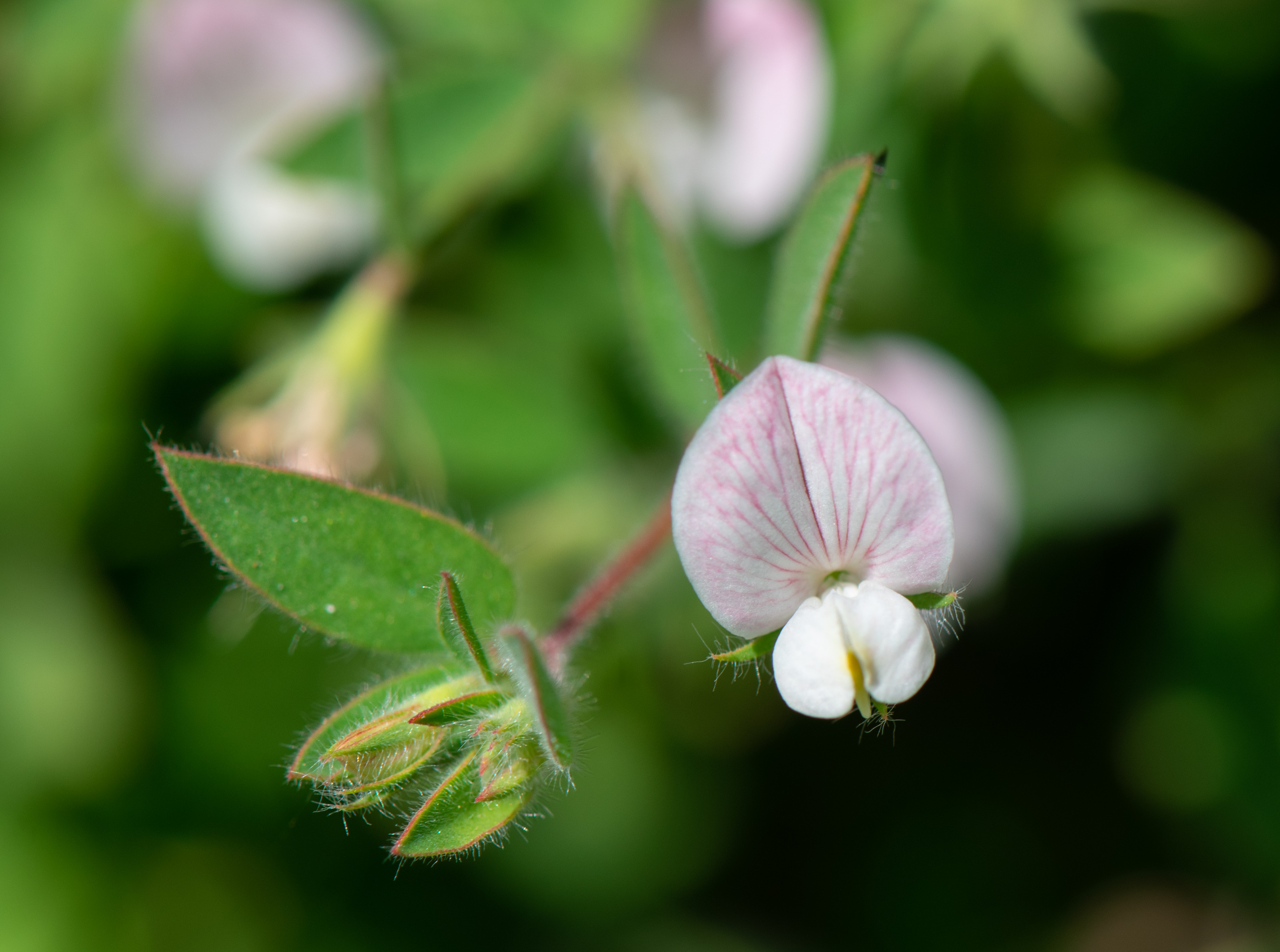
American Birdsfoot Trefoil
Acmispon americanus
Acmispon amiericanus is a native annual herb in the Fabaceae (Legume) family that grows in Northern, Southern and Central California in most habitats except desert. It tends to grow in streambanks and...
- Growing Region: California, Southwest
- Blooms:
- Life Form: Forb
- Application Type: Land Reclamation, Habitat Restoration
- Height: 0-1 ft
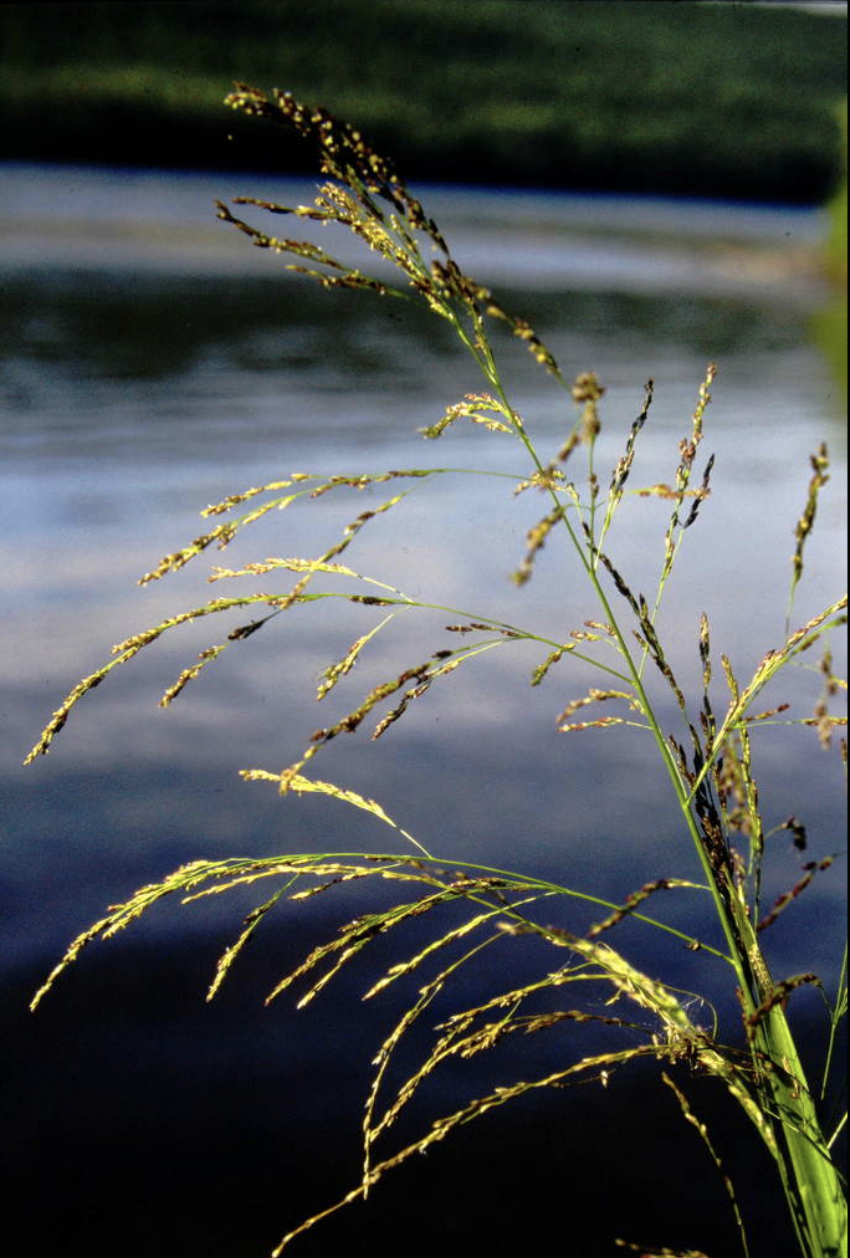
American mannagrass
Glyceria grandis
Cool season, rhizomatous, native perennial that occurs in wetlands, streambanks, marshes and ditches. Requires wet to moist soils; withstands periods of submersion. Grows rapidly. Important wetland fo...
- Growing Region: Pacific Northwest, Southeast
- Blooms:
- Life Form: Grass
- Application Type: Land Reclamation, Habitat Restoration
- Height: 1-3 ft
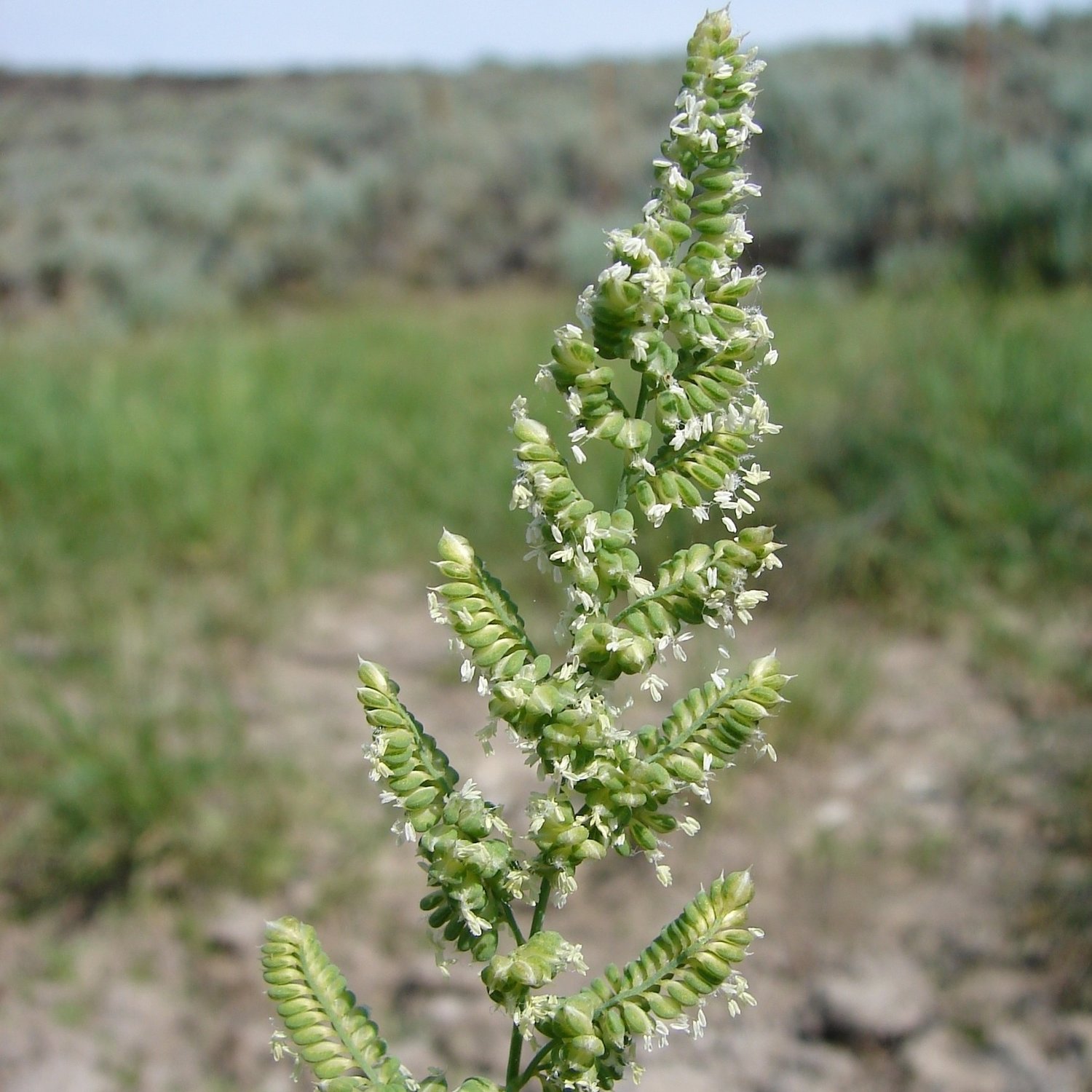
American sloughgrass
Beckmannia syzigachne
Cool season, robust annual or short-lived perennial that may develop short rhizomes. Commonly occurs on wet sites such as ponds, swamps, ditch banks, shallow marshes and sloughs. Prefers clay soils; t...
- Growing Region: Midwest, Intermountain West, Pacific Northwest
- Blooms:
- Life Form: Grass
- Application Type: Land Reclamation, Erosion Control, Habitat Restoration, Forage and Pasture
- Height: 1-3 ft
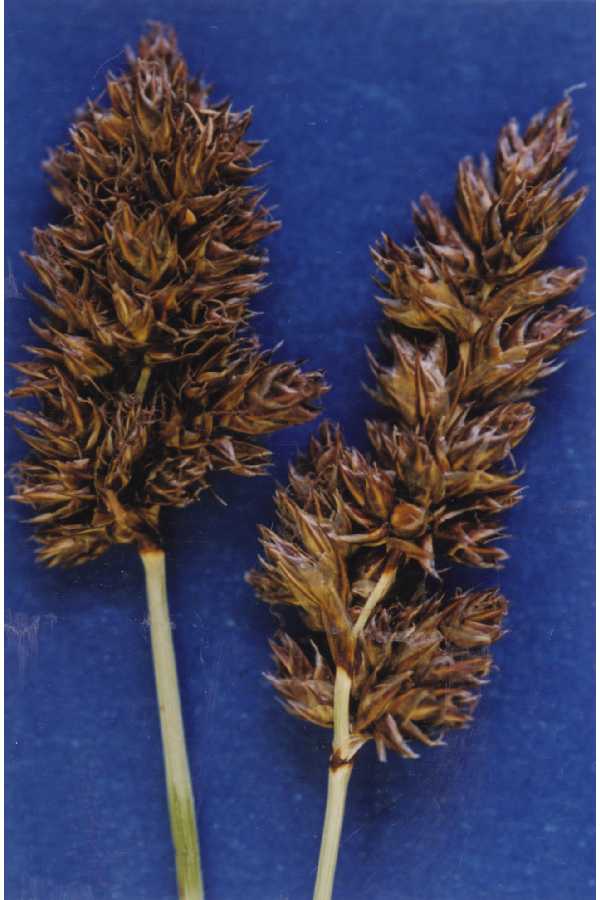
Analogue sedge
Carex simulata
Cool season, rhizomatous, native perennial grasslike common in many western states. Occurs in saturated soils of wet meadows and springs, from foothills to moderate elevations up to 9,000 ft. Often fo...
- Growing Region: Intermountain West, Pacific Northwest
- Blooms:
- Life Form: Grass
- Application Type: Land Reclamation, Erosion Control, Habitat Restoration
- Height: 1-3 ft
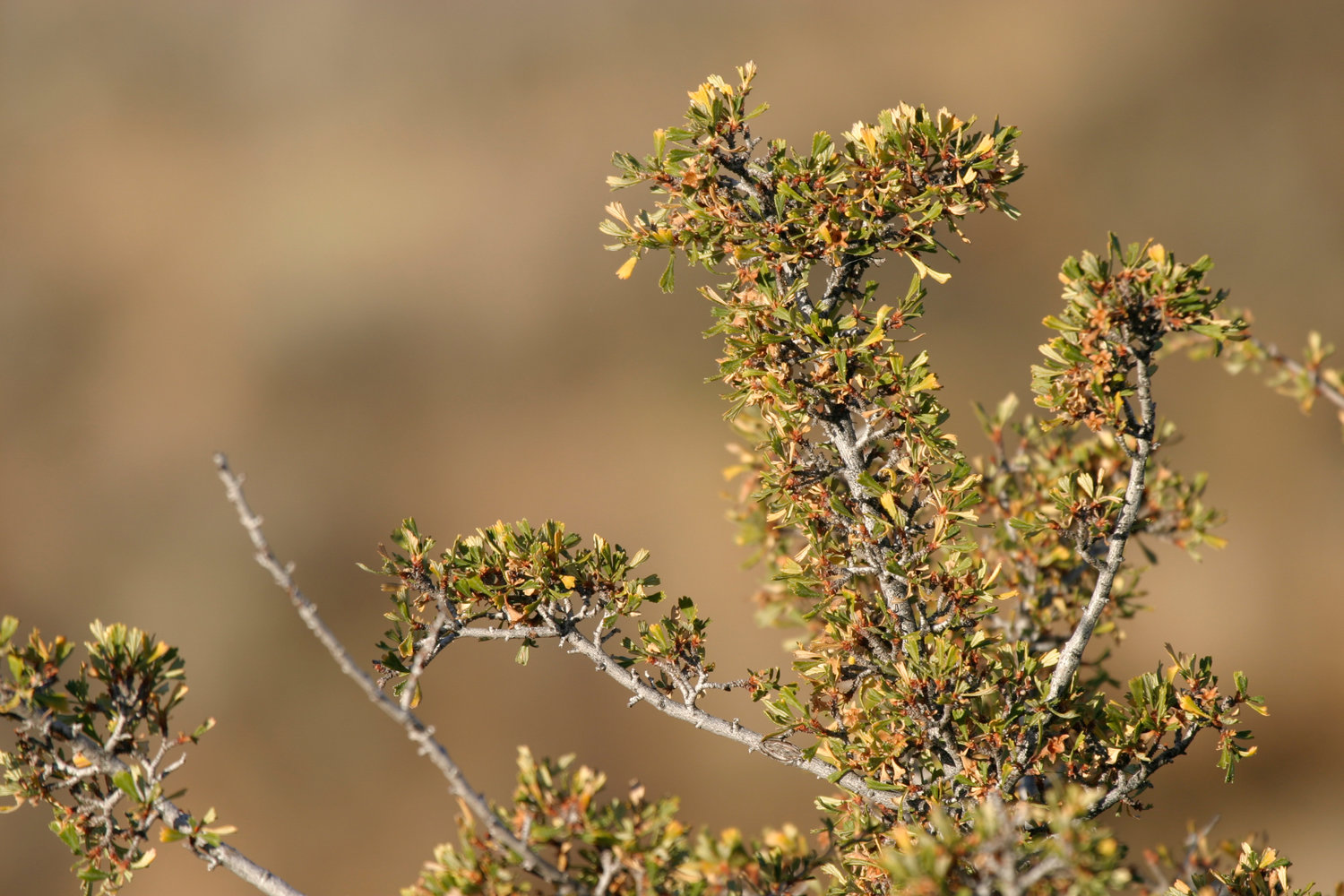
Antelope bitterbrush
Purshia tridentata
Moderate to deeply taprooted evergreen shrub 2-10 ft. tall with small yellowish flowers, blooming April to August. Adapted to a wide variety of well-drained soils, slightly acidic to basic, often deep...
- Growing Region: Intermountain West, Southwest, Pacific Northwest, California
- Blooms: Spring
- Life Form: Shrub
- Application Type: Land Reclamation, Habitat Restoration
- Height: 4+ ft

Arrowgrass
Triglochin maritima
Cool season, perennial grasslike species that occurs in saline and alkaline marshes, peat lands, plains and basins at low to middle elevations. Frequently grows with sedges and grasses but is often ov...
- Growing Region: Pacific Northwest, California, Intermountain West
- Blooms:
- Life Form: Grasslike
- Application Type: Land Reclamation, Habitat Restoration
- Height: 1-2 ft
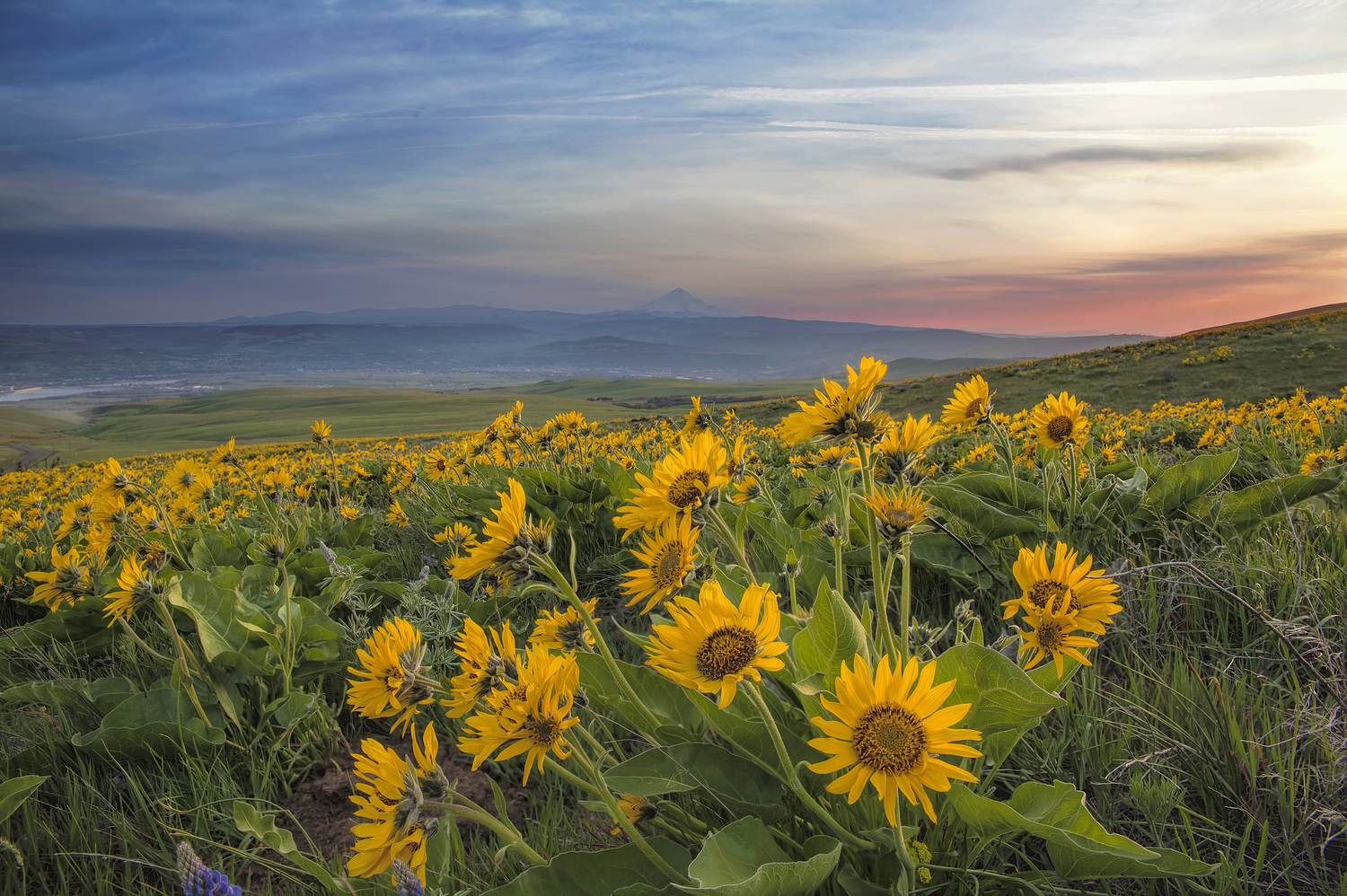
Arrowleaf balsamroot
Balsamorhiza sagittata
Drought tolerant, long-lived perennial native with yellow sunflower-like flowers, blooming April to July. Deep, thick taproot tolerant of fire, grazing, trampling and drought; seedlings slow to establ...
- Growing Region: Pacific Northwest, Intermountain West, California
- Blooms: Spring, Summer
- Life Form: Forb
- Application Type: Land Reclamation, Habitat Restoration
- Height: 1-3 ft
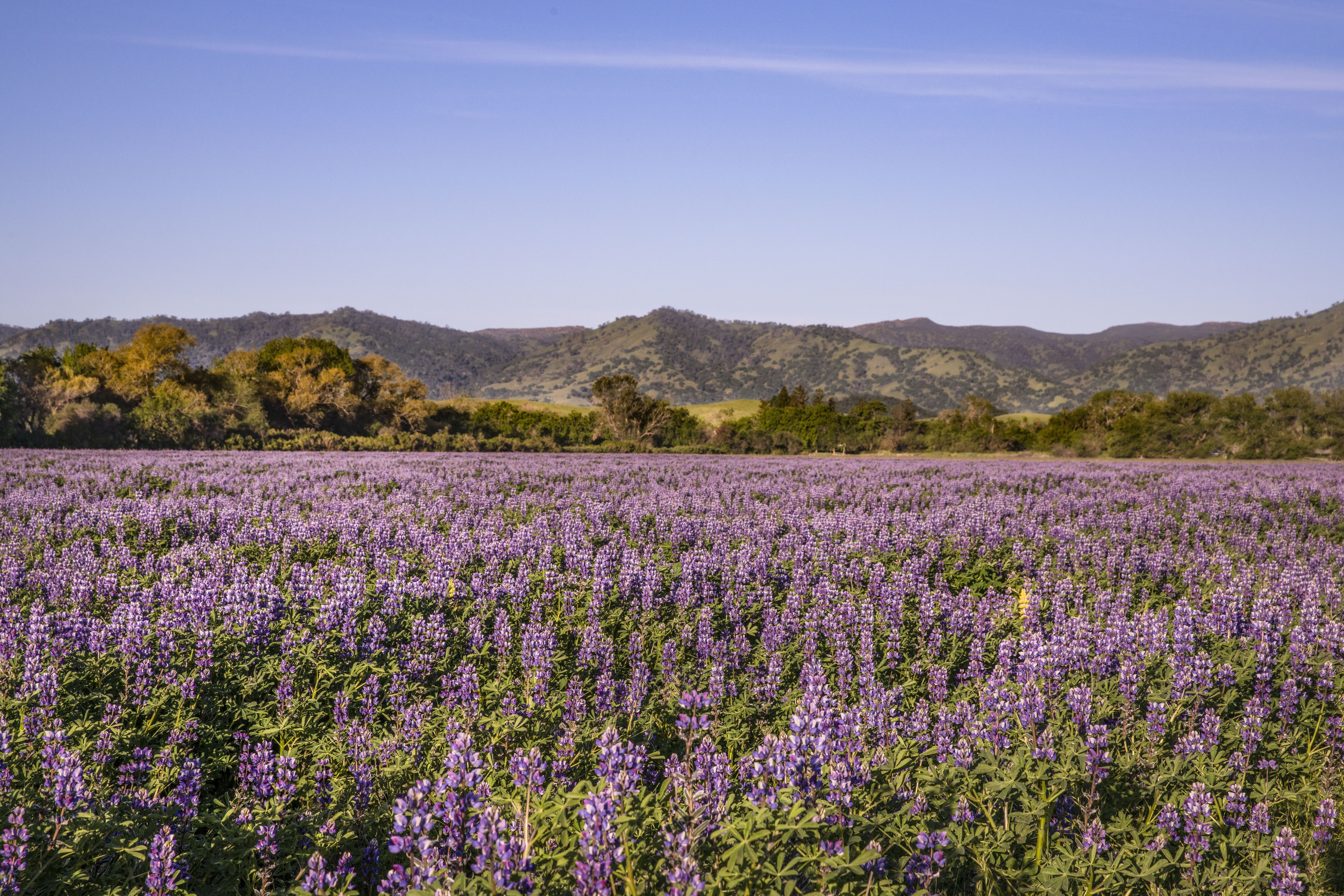
Arroyo lupine
Lupinus succulentus
Arroyo Lupine (Lupinus succulentus) is a showy annual wildflower native to California’s valleys and coastal areas. Growing 2–4 feet tall, it bears eye-catching spires of purple-blue and white pea-shap...
- Growing Region: California, Southwest
- Blooms: Spring
- Life Form: Forb, Legume
- Application Type: Land Reclamation, Habitat Restoration, Pollinator Habitat, Commercial Beautification
- Height: 1-4 ft

Aspen daisy
Erigeron speciosus
Moderate water requirement; full sun to part shade. Perennial with lavender to white flowers blooms June to September from mid-montane to subalpine, on open moist slopes, along streams and under aspen...
- Growing Region: Intermountain West, Southeast, Pacific Northwest
- Blooms: Summer, Fall
- Life Form: Shrub
- Application Type: Land Reclamation, Habitat Restoration
- Height: 1-2 ft

Awlfruit sedge
Carex stipata
Cool season, tall, native perennial grasslike. Grows in dense clumps. Widely distributed across the northern latitudes of the U.S. Adapted to seasonally flooded wetlands, marsh edges and sites with st...
- Growing Region: North America
- Blooms:
- Life Form: Grass
- Application Type: Land Reclamation, Habitat Restoration
- Height: 1-3 ft